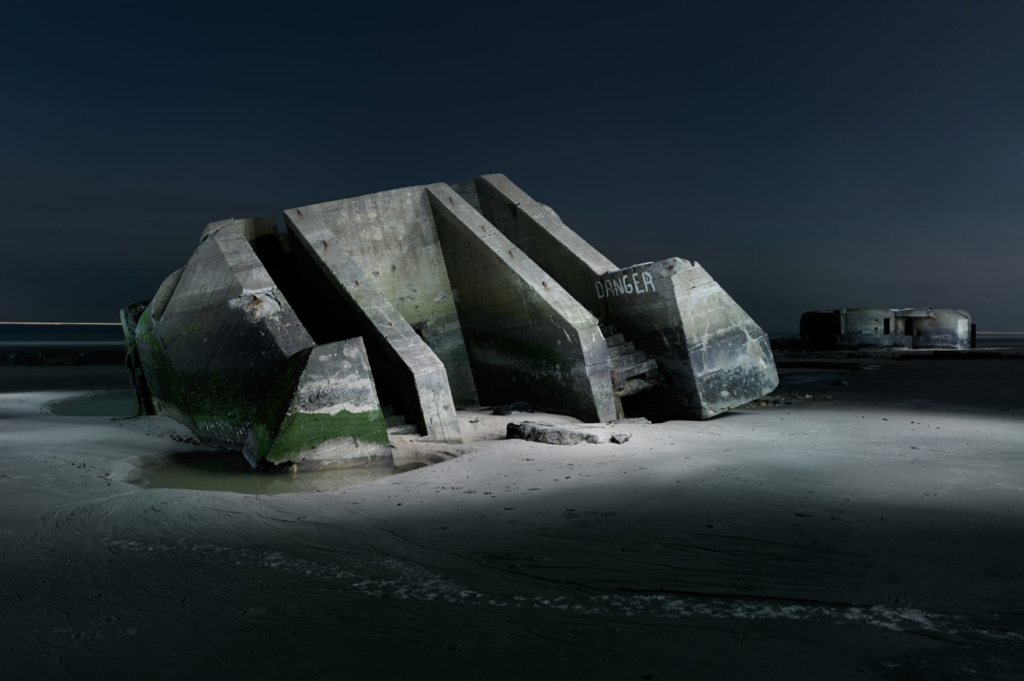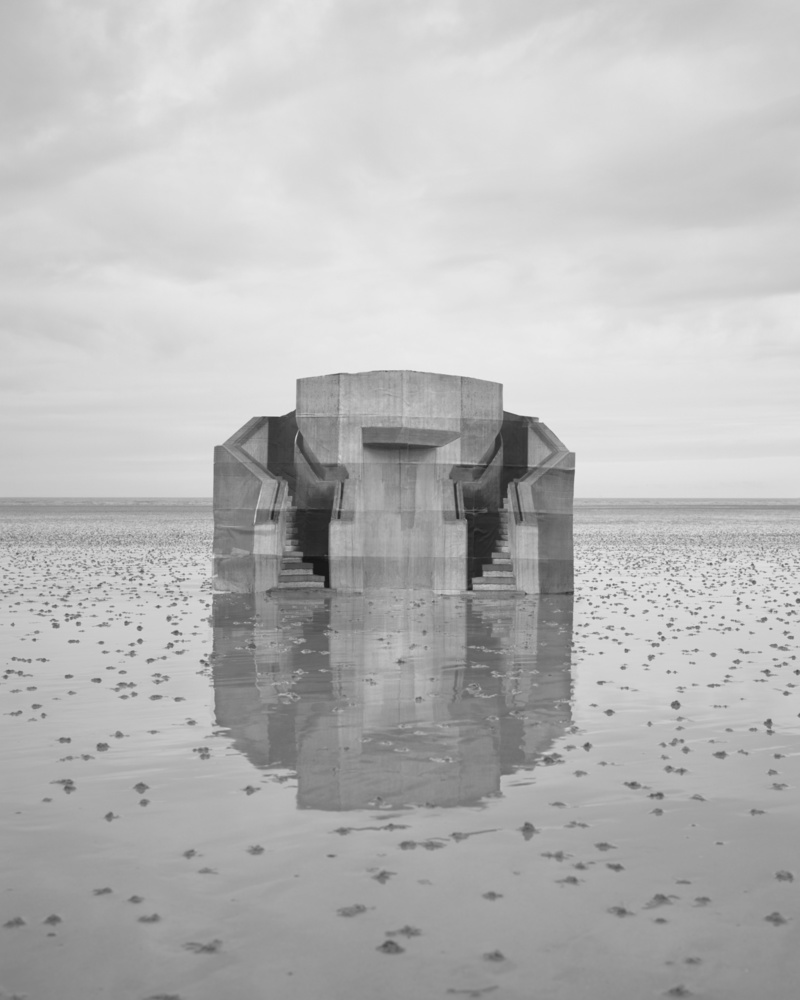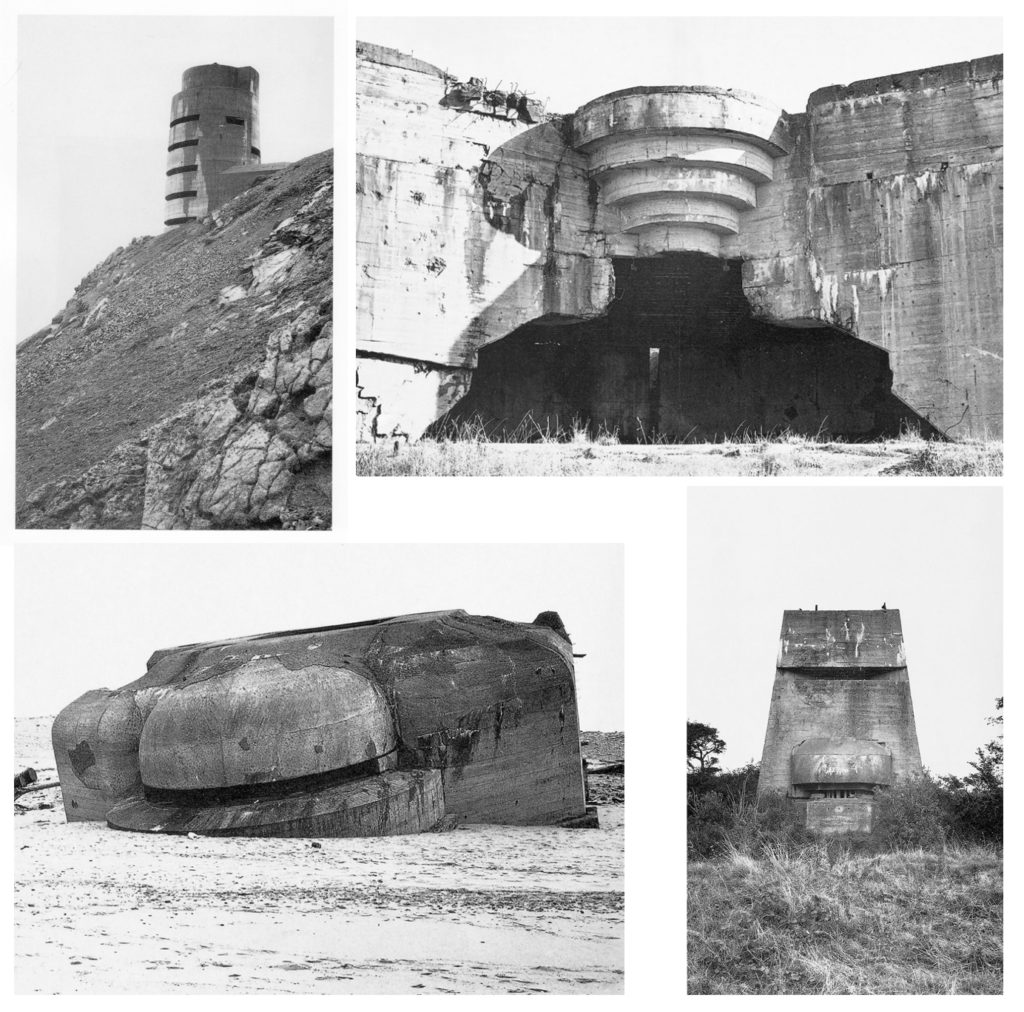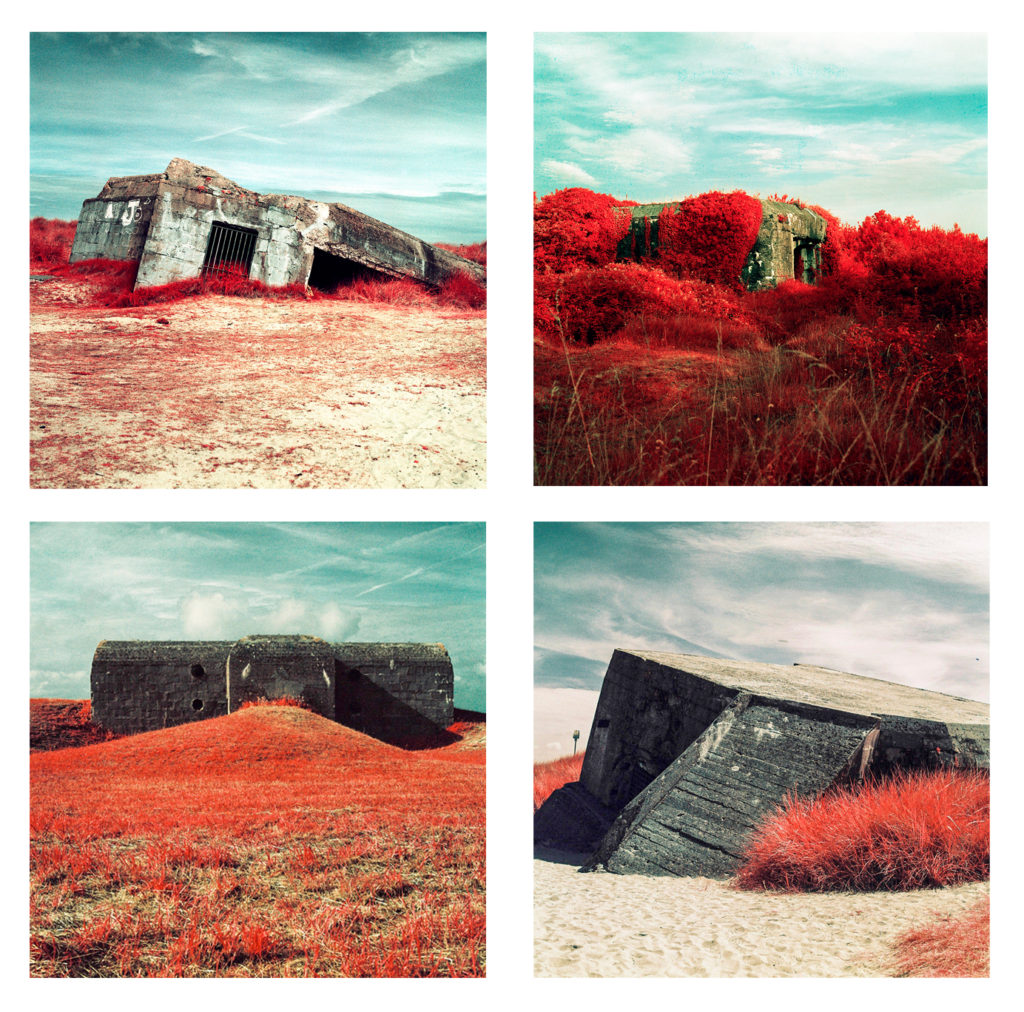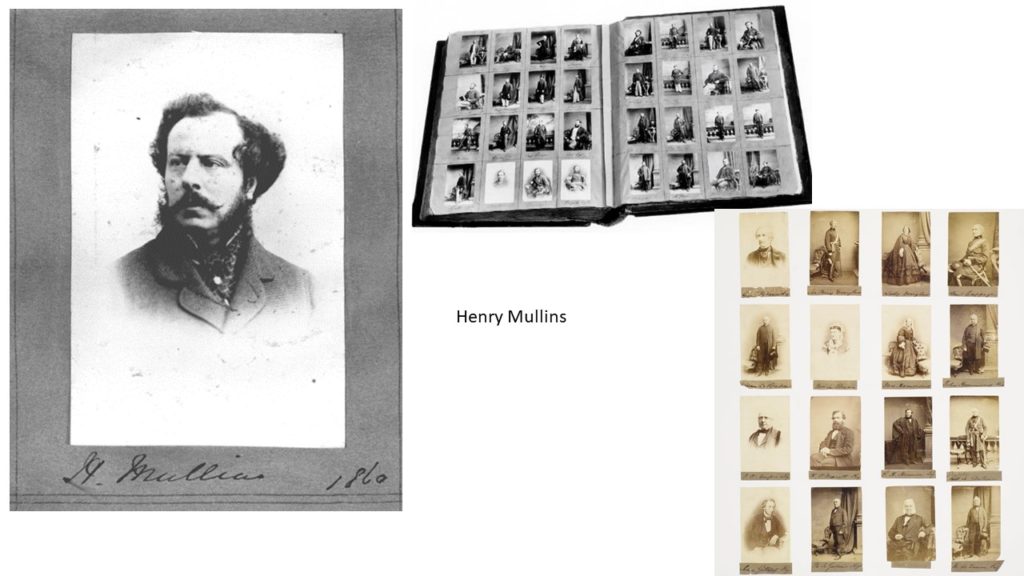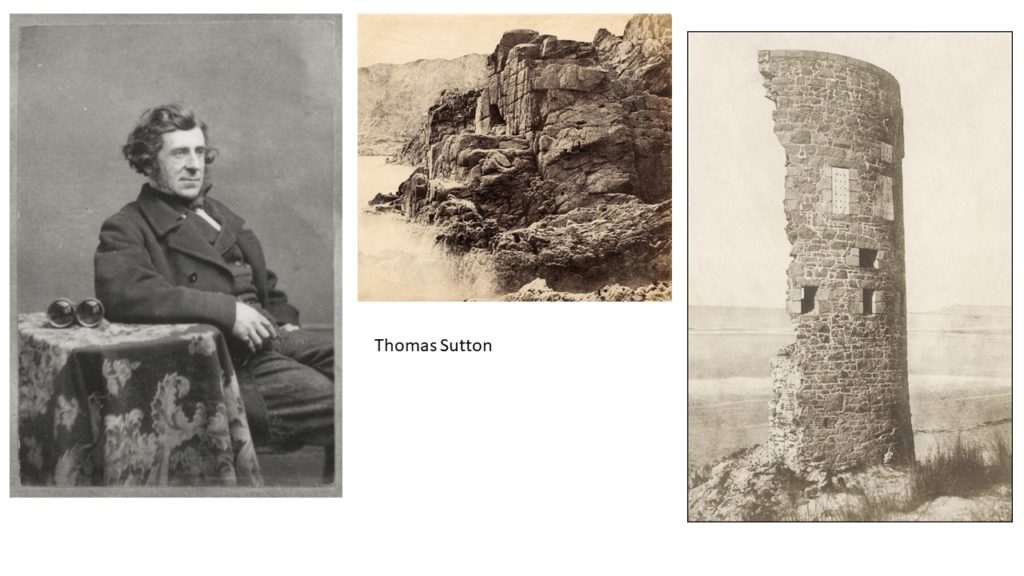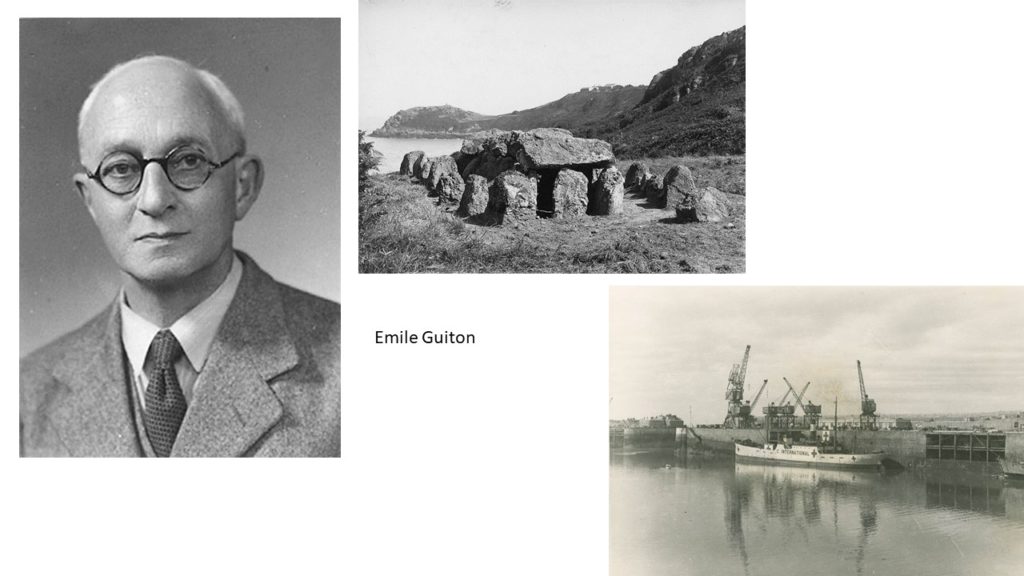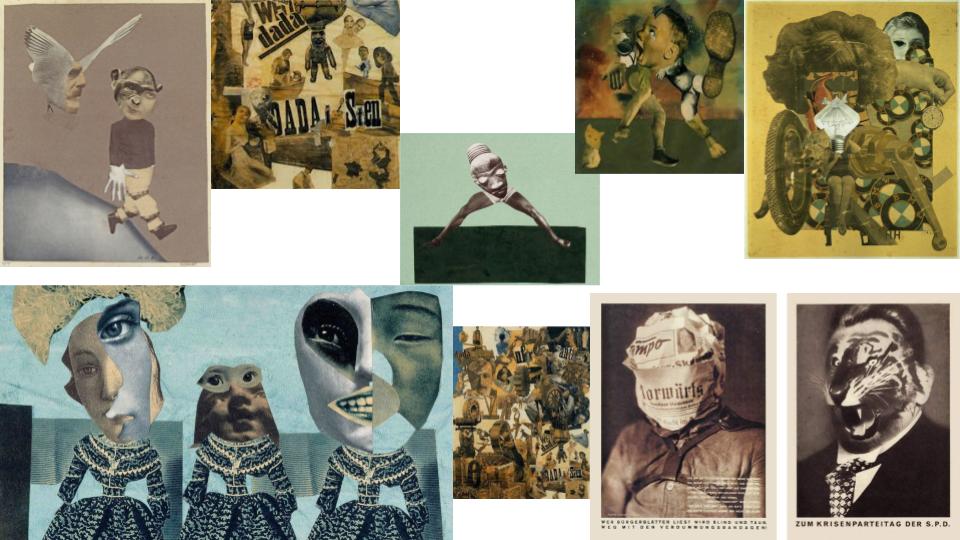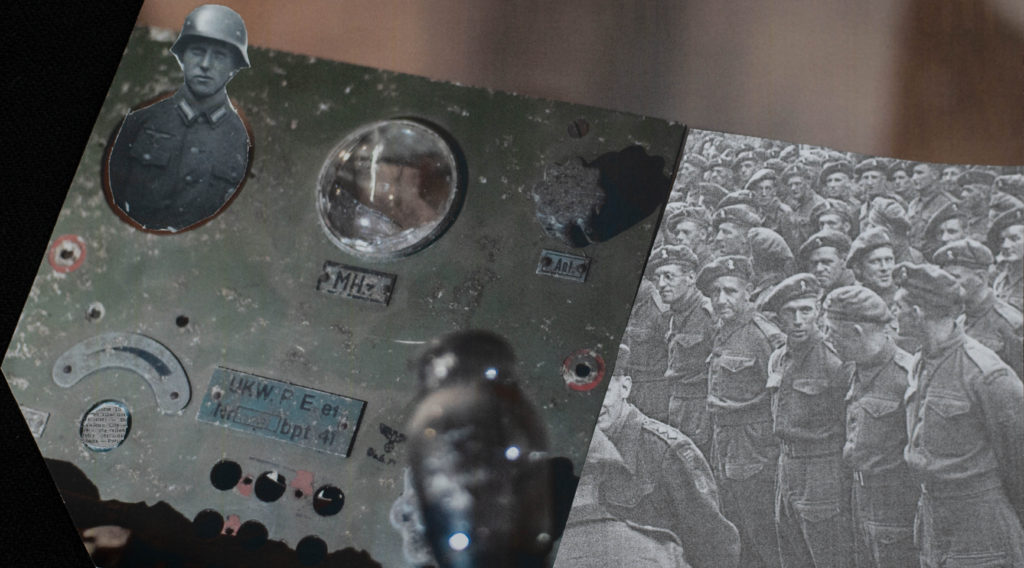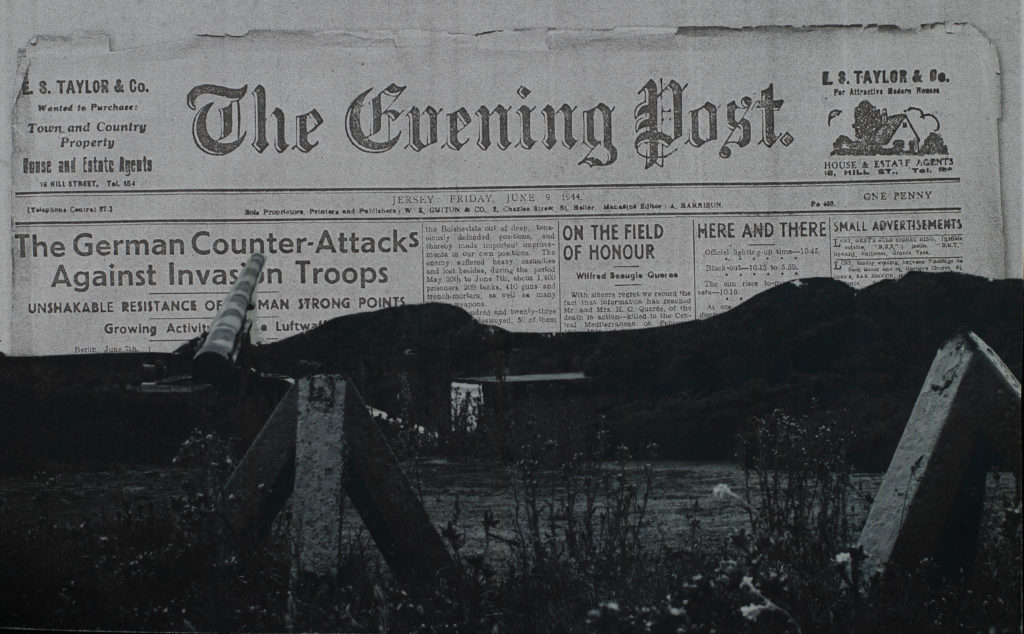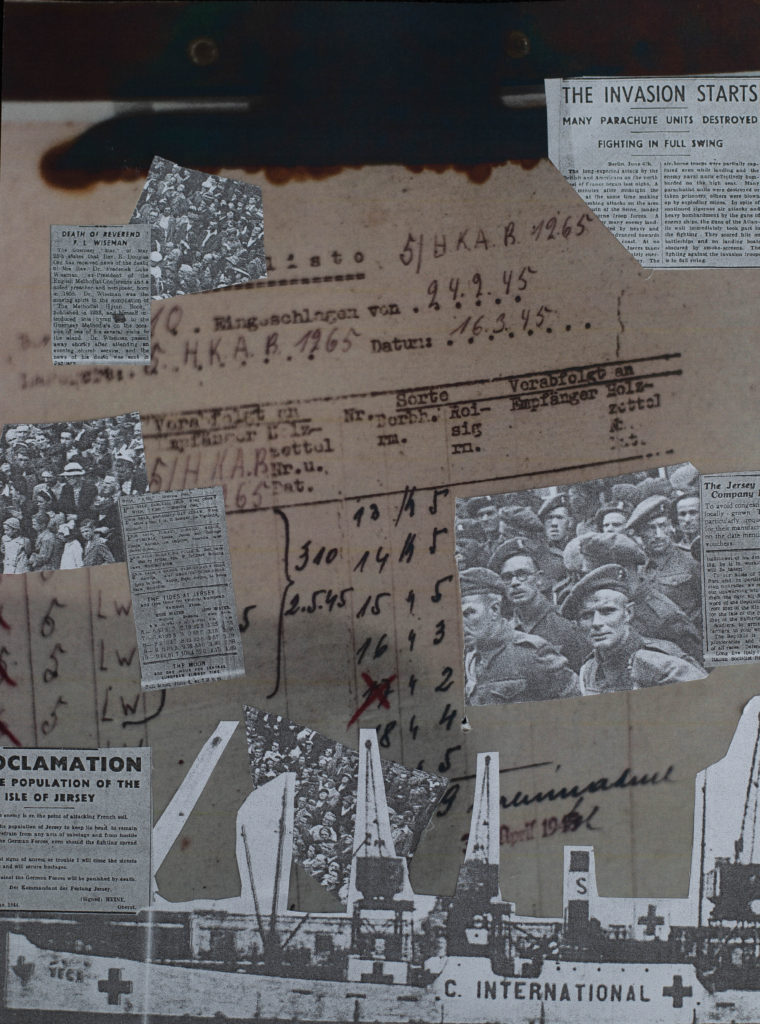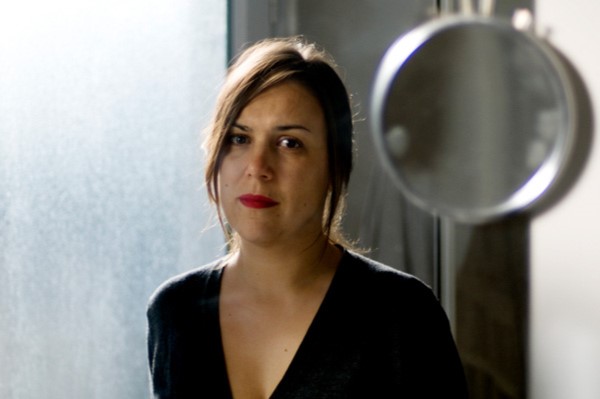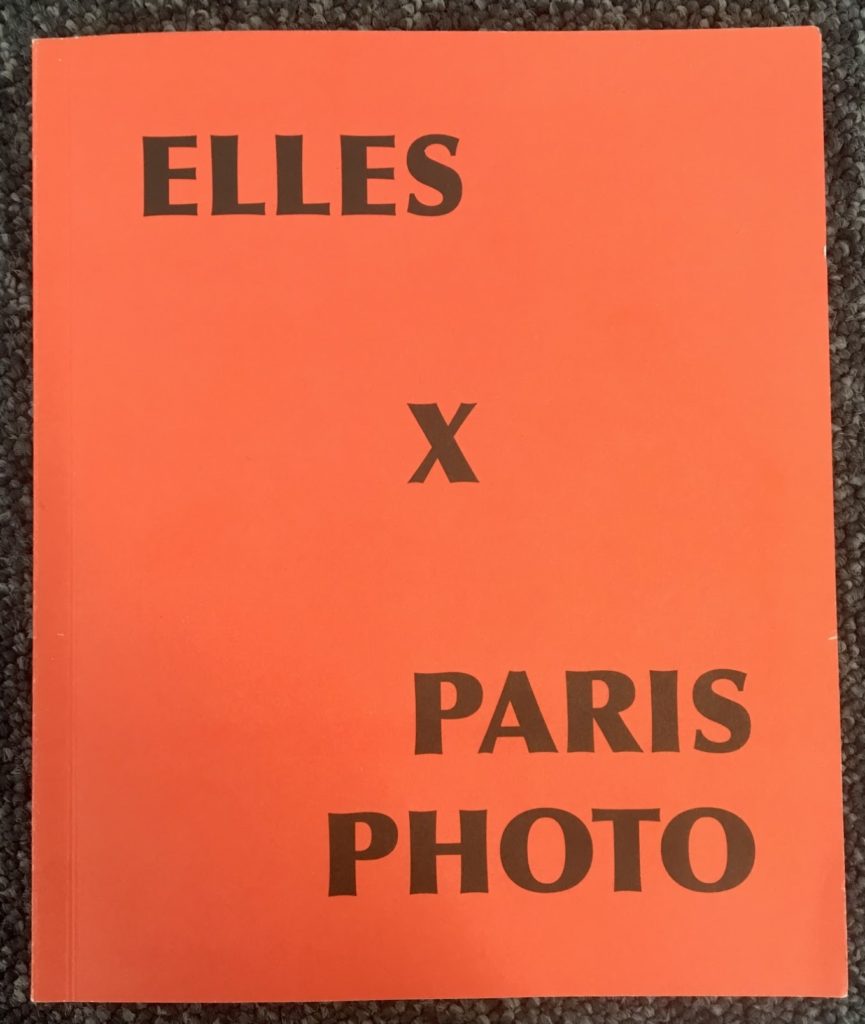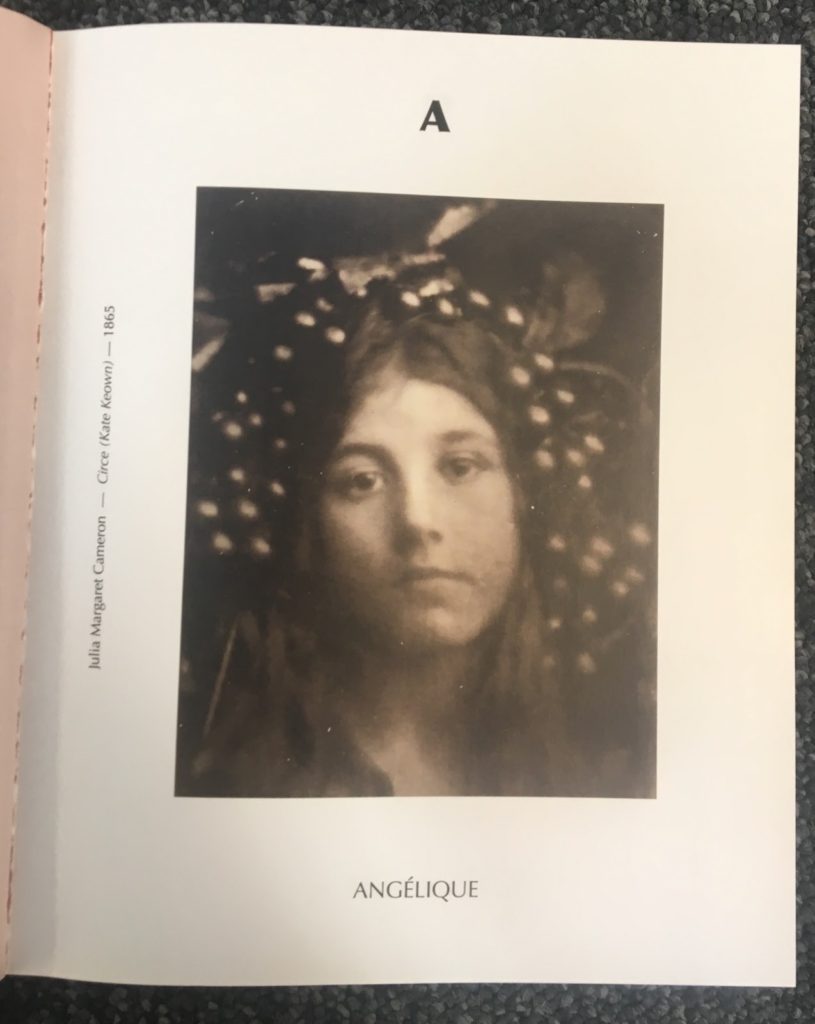Photographer Number 1

JONATHAN ANDREW
Originally from Manchester, in the UK Jonathan now lives and works in the diverse city of Amsterdam for over 20 years. The best way to describe him is a passionate award winning location photographer with many years of experience. He is also able to speak Dutch fluently. His work has incorporated shooting travel features for National Geographic, outdoor stories for adventure magazines or working on his own landscape photography. He shoots corporate and advertising assignments for major international companies as well as for smaller local businesses.
Next to his main assignments Andrew pursues personal projects, travelling to places like the Faroe Islands, Sweden and Scotland to work on landscape photography. He is also currently photographing ruined WW2 defences as part of an on going personal project which Is why he is a very useful photographer to study as, due to the reason this is a personal project for him, it means he holds potentially more of an active interest and therefore more detailed insight into the work. The project has created much interest in the international press and has featured in ‘The Daily Mail’, ‘Wired Magazine’, ‘Creative Review’ and numerous blogs and websites. Andrew was also a guest lecturer at the ‘Willem De Koning Acadamy’ in Rotterdam, teaching landscape photography to 2nd and 3rd year students.
Examples of his work:



